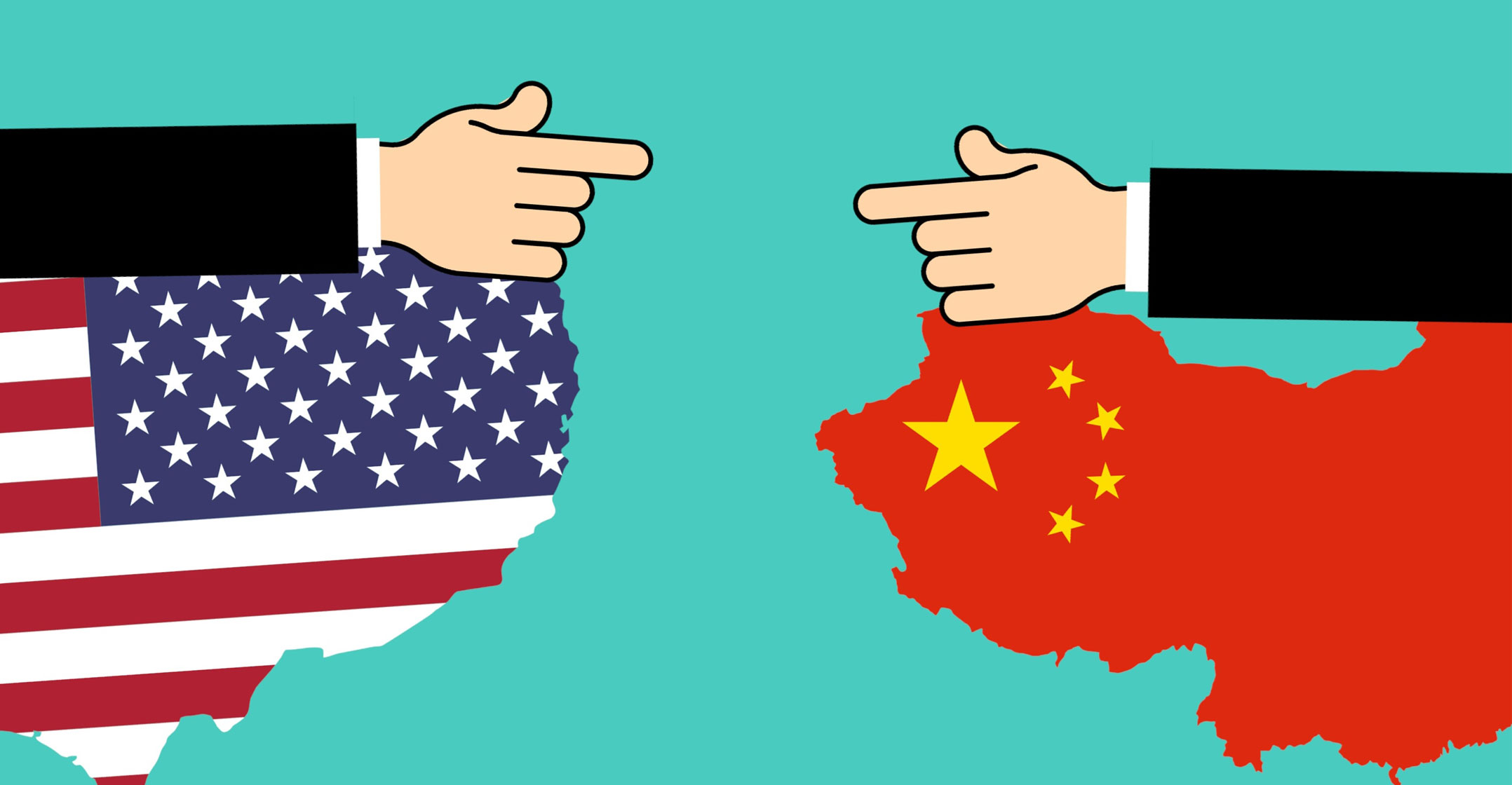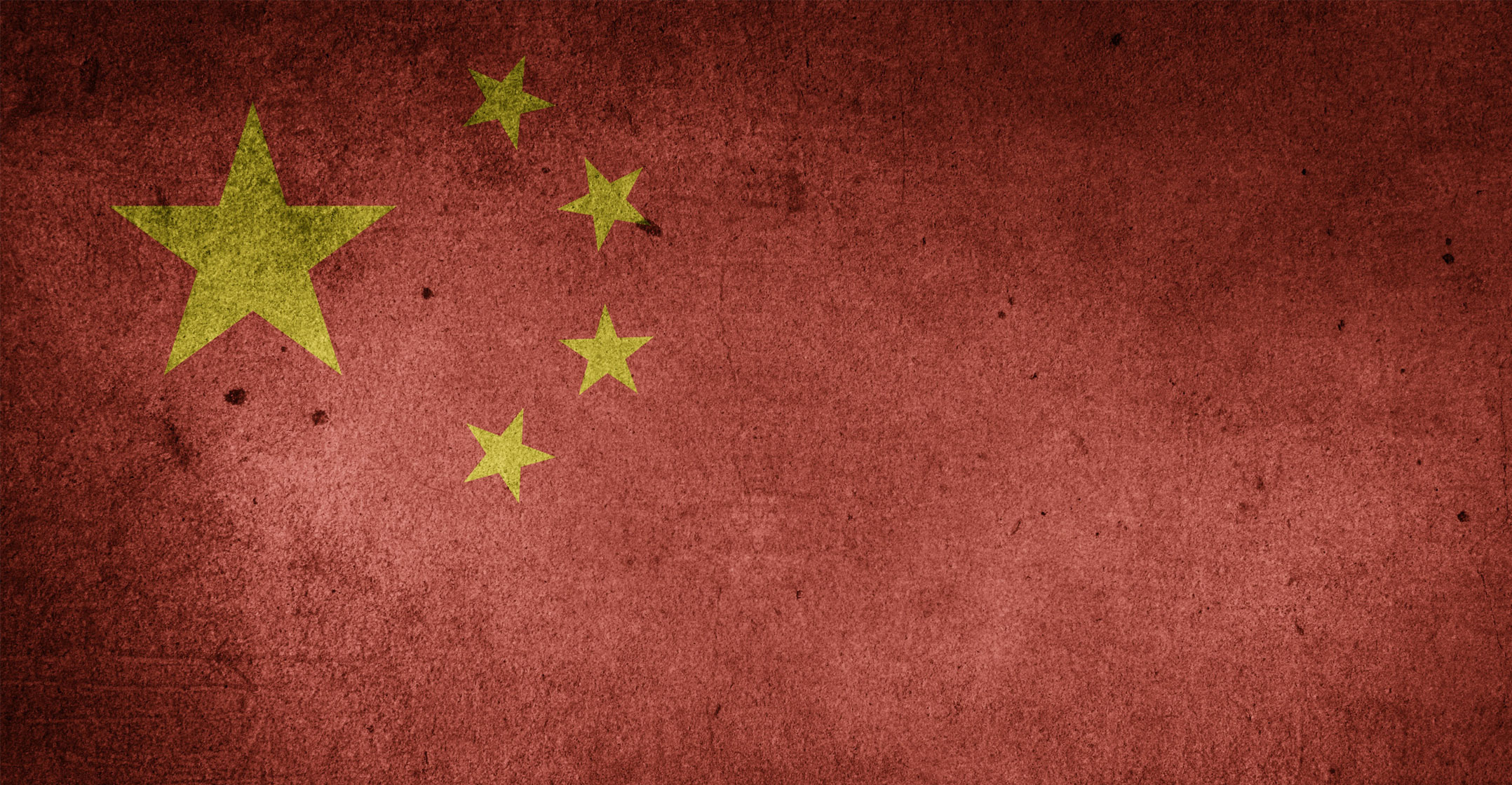 In terms of economic relations, the US and China have been coupling up for decades. So much so that they became the biggest trading partners on the planet from 2014. But now, amid trade and technology wars, a global pandemic and strained diplomatic relations, politicians and pundits say the world’s largest economies are bound for a seismic “decoupling”. Yet, with businesses harbouring long-term ambitions for these two giant markets, breaking up may be hard to do.
In terms of economic relations, the US and China have been coupling up for decades. So much so that they became the biggest trading partners on the planet from 2014. But now, amid trade and technology wars, a global pandemic and strained diplomatic relations, politicians and pundits say the world’s largest economies are bound for a seismic “decoupling”. Yet, with businesses harbouring long-term ambitions for these two giant markets, breaking up may be hard to do.
1. Are China and the US really decoupling?
Bilateral trade sank by 15% in 2019 after US President Donald Trump began imposing tariffs on Chinese imports and China responded in kind. It had surged by an annual average 11% from 2001 to 2018, a stretch that included China’s admission to the World Trade Organisation and transformation into a global manufacturing powerhouse shipping cheap electronics, toys and clothes to American consumers. The coronavirus and the lingering trade war will depress trade further in 2020 as tensions on multiple fronts provoke what some see as an unavoidable tumble into a new Cold War.
2. Which other fronts?
Technological, geopolitical and financial. The US sees China’s ambitions in advanced technologies and involvement in foreign communications networks as a threat to national security and has targeted Chinese companies including Huawei, the world leader in 5G communications. The Trump administration is planning to shake up its relationship with Hong Kong over China’s plans for new security laws there. The US has blocked Chinese takeovers of international companies and is passing legislation that could stop shares of large Chinese corporations from trading in the US. Trump ordered a federal state pension fund not to include Chinese equities in its portfolio. On the other hand, China continues to open its financial sector to US banks.
 3. What about the coronavirus?
3. What about the coronavirus?
Besides a war of words (Trump accused China of responding slowly to the virus as a ploy to harm his re-election chances), the shutdown of Hubei province following the initial outbreak in the city of Wuhan, a technology and auto hub, left international companies short of vital parts. That prompted calls from politicians to repatriate production from China, echoing an order made by Trump during the trade war. Those demands intensified as countries desperately sought face masks and protective clothing. China is the world’s biggest exporter of protective equipment. Some US politicians proposed paying companies to relocate operations from China, a move the Japanese government actually introduced. Robert Lighthizer, the US Trade Representative, said the crisis demonstrated the need for “strong and diverse supply chains with trusted trade partners” and how “depending purely on cheap imports for strategic products can make us vulnerable in times of crisis”.
4. So, is this a watershed for American companies?
The pandemic will probably push countries including the US to localise some production for health-security reasons. But moves to reconfigure supply chains have been under way since at least 2011, when the tsunami in Japan and floods in Thailand put a new premium on managing risks to production and diversifying suppliers. The so-called “China + 1” sourcing strategy adopted by many non-Chinese companies accelerated during the trade war. Factories did leave China, but they moved to other countries rather than “reshoring” to America’s industrial heartland. For example, the US has increasingly turned to Mexico for imports of technology-intensive products including electrical machinery and to Vietnam for toys, furniture and footwear. Still, China remains the dominant foreign supplier of those products, accounting for more than three-quarters of American toy imports.
5. Are US companies getting out of China altogether?
Not for now. More than 70% of companies surveyed in March by the American Chamber of Commerce in China said they had no plans yet to relocate production and supply-chain operations or sourcing outside of China due to Covid-19. The Asian country has advantages that are likely to sustain its position as the world’s main factory — mature supply chains, a massive market, well-built infrastructure and skilled labour. Indeed, much of the production in China by American companies is aimed at the local market. Even with the trade war raging in 2019, US companies plowed some US$14-billion into new factories and other long-term investments in China, including Tesla’s new gigafactory near Shanghai. China is also making efforts to attract overseas businesses such as a new law to protect foreign investment and a pledge to ease market access and deepen reform of state-owned enterprises to level the playing field for foreign firms.
 6. Do US businesses support the US strategy?
6. Do US businesses support the US strategy?
Many executives worry they will be shut out of what remains the world’s most promising market. The more the US blocks the export of components like semiconductors and jet engines to China, and imposes tough sanctions on anyone who violates such bans, the more it will force not just Chinese companies to stop buying American components but those from third countries aiming to sell to China. They fret that selling to China in the future could mean getting America out of the supply chain. Others speculate that the Trump administration’s actions will serve to turbocharge China’s drive to become the dominant country in areas including artificial intelligence and biomedicine.
7. How did it get to this?
Trump brought his “America First” agenda to the White House just as President Xi Jinping was flexing China’s military, economic and technological muscle. Having lambasted China for harming the US economy and stealing American jobs during his 2016 campaign, Trump instigated the trade war two years later with the first imposition of tariffs that eventually applied to around $500-billion of goods. The US had for years — along with other trading partners — accused China of playing loose with the rules of international business. For instance, it complained that China forced foreign companies to hand over industrial and technological know-how, or simply stole it.
8. What if Trump loses the US election?
It’s possible that nothing much will change. The desire to check China has been one of the rare unifying forces among America’s polarised politicians, including opposition Democrats. And while former vice President Joe Biden, Trump’s opponent in November, was promoting his “friendship” with Xi as recently as 2016, this was his take on the Chinese president in February: “This is a guy who is a thug.” — Reported by Brendan Murray, (c) 2020 Bloomberg LP

